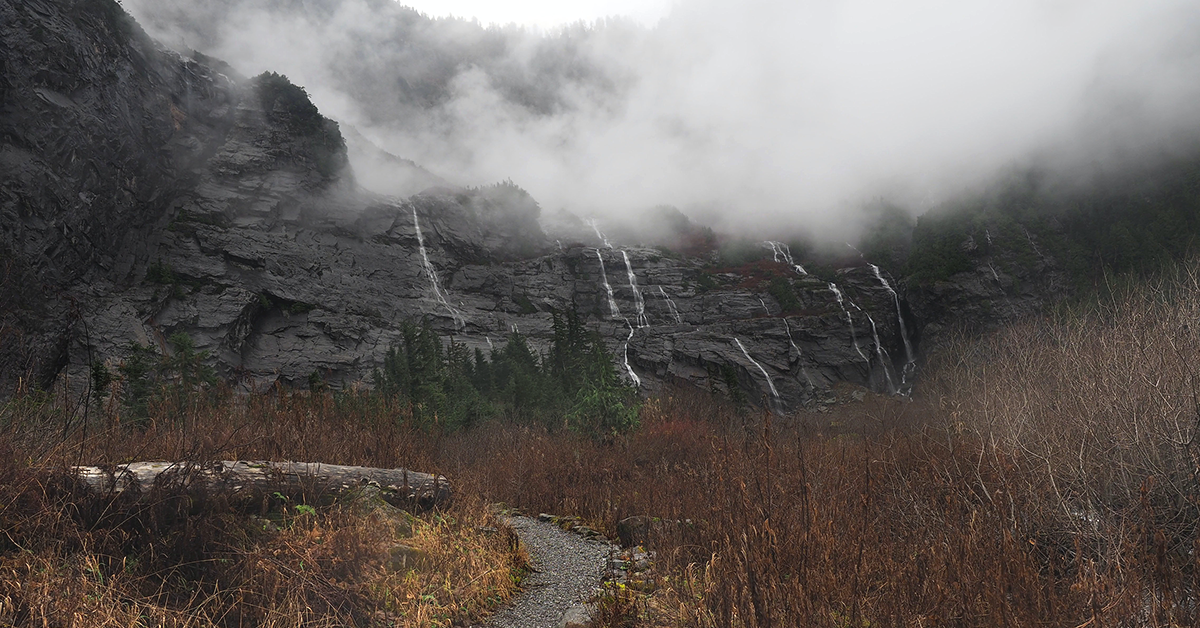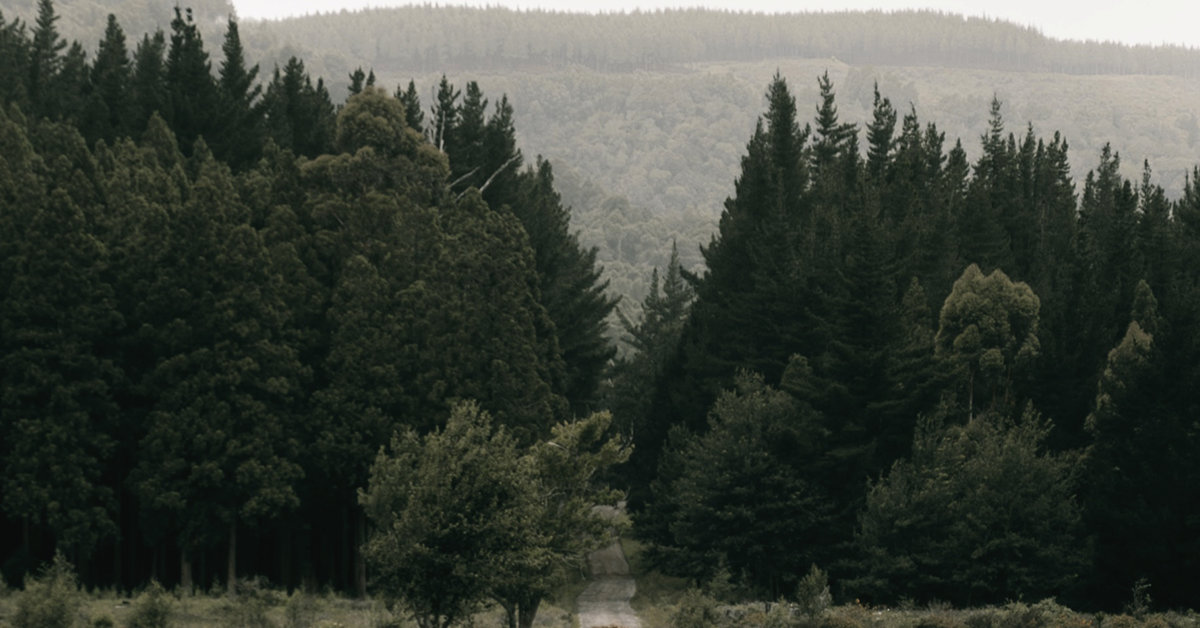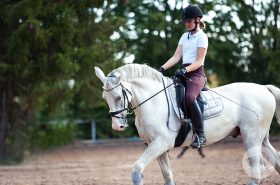Riding your horse into the backcountry far away from roads and civilization—and even emergency help if you need it—demands a partnership between horse and rider like no other. If you’ve ever splurged on one of those weeklong equestrian vacations, you’ve experienced the bond that develops between you and your borrowed horse. Most likely, the outfitter’s horse was sure-footed, sensible, and knew his job inside and out. Together, you shared the experience of a lifetime.
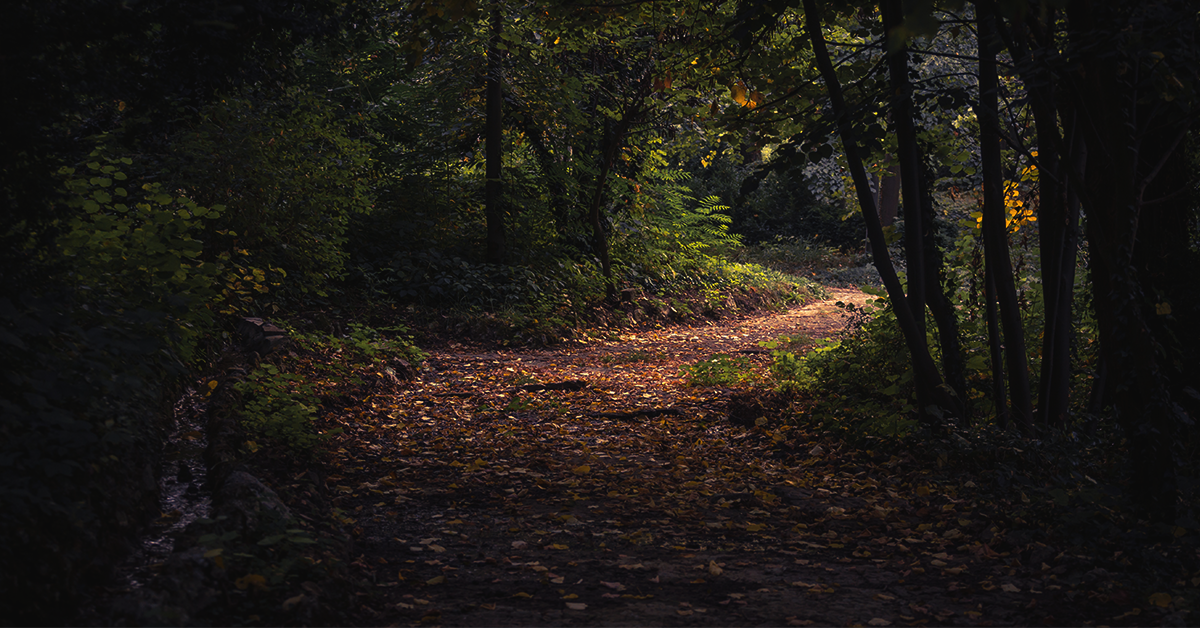
By the end of the week, you might even have indulged in a little dream — “how can I take this horse home with me?” It’s not that you don’t love and appreciate your own horse, but your borrowed steed carried you over a mountain pass, through a valley filled with wildflowers, and into that deep canyon where you heard the coyotes howl at midnight.
Who can blame you? That’s how the outfitter hopes you will feel. But, wouldn’t it be great if, at the end of your next trip, you didn’t have to hand the reins over to the outfitter—because the horse you rode in on was your own? The idea is not as far-fetched as you think. In fact, thousands of horse owners have already discovered that backcountry horse camping is more than achievable, it’s something they wish they’d started doing years ago.
Here are guidelines to get you started…
- Determine if Your Horse Is the Right Candidate for the Job
- Prepare Your Horse
- Use the Right Gear
- Tap Into the Experience of Others
Determine if Your Horse Is the Right Candidate for the Job
A reliable backcountry horse is the end result of a lot of training, exposure, and skilled handling. Outfitter horses are sure-footed, calm, and get along well in groups. At their most basic skill level, they stand patiently tied, rarely spook at nonsense, and are able to drag a tree branch or log off the trail if necessary. They should also stand quietly for mounting and maintain gait whenever asked.
Don’t worry if your horse isn’t well-versed in all of these tasks. The real question is does he have the right temperament for the job? Calm, sensible types are best for backcountry camping where anything can happen—and often does. If your horse is a worrier or quick to spook he might not be the best candidate for the backcountry.
Breed type is not much of an indicator. In any wilderness outfit, you’ll find Quarter Horses, Tennessee Walking Horses, mules, Arabians, Thoroughbreds, and everything in between. Any horse with a naturally curious and calm disposition is a good candidate.
Prepare Your Horse
De-sensitize your horse to the things he’s likely to encounter on the trail. Train them to be prepared for backpackers with tall packs, people walking with sticks, mountain bikers, ATVs, and loose dogs. It’s a good idea to get your horse used to the idea of carrying a saddle bag. Start with an empty pack and build to a full pack. One outfitter fills the pack with loose pots and pans to accustom the horse to the noise and movement of pack contents.
Your horse will need exceptional leading skills even on narrow trails and in tight spots. Teach your horse to walk calmly at your shoulder without rushing ahead or lagging behind. Lead him over tarps, water crossings, bridges, logs, and anything that would mimic a challenge you might find on the trail. Your horse should load onto any trailer without any fuss.
Responsiveness to leg aids is critical in a backcountry horse. The last thing you want to do is practice your leg yield or sidepass on a narrow trail with a thousand-foot drop-off.
Your horse should have a good stop, half-halt, sidepass, a turn on the forehand, and a turn on the haunches under saddle. He should maintain his gait even on steep terrain. He should be willing to ride anywhere in the line (he might need a little practice on this) either in the lead, the middle, or bringing up the rear. Enlist the help of fellow trail riders and play a game of leap-frog on your local trails for practice.
Neck-reining is a useful skill on the trail, improving maneuverability in tight spaces. It also comes in handy when you need your other hand free to hold a rope or drag a branch.
Use the Right Gear
As with anything, having the right equipment can spell the difference between a great trip and a miserable one. Here’s a very short checklist:
- A properly fitted saddle. Western saddles are best as they are designed to distribute weight over a broader area of your horse’s back. Fit is most important. Use a breast strap and consider a crupper if you ride in steep country.
- A flat, nylon halter that can be worn under the bridle. This comes in handy for tying.
- Helmet for safety and protection against the elements.
- A high-quality set of panniers or saddle packs.
- A set of hobbles or a hi-line.
Tap Into the Experience of Others
The Backcountry Horsemen of America has chapters throughout the United States. Their groups are led by experienced backcountry horsemen and packers who offer a wealth of information to the newbie. The organization provides mentorship and support. The BCHA encourages common sense use of our nation’s trails, a leave-no-trace policy, and helps to ensure trails remain open to recreational stock use.
Tom Thomas, president of the North Carolina chapter of the Backcountry Horsemen of America, claims riding your horse into the backcountry takes a little preparation, but the rewards far outweigh the effort.
“We have 174 local and state chapters across the country,” says Thomas. “Two-thirds of our members are women and we have a lot of retirees as well. Some of them ride out with their grandkids. It’s a great way to build confidence. If you think about the life skills you gain, how to plan a trip and route, how to think ahead of your horse, and working to preserve the wilderness. Who wouldn’t want to get involved?”
But, of course, as with all things related to horses, preparation is key. “If you’re a novice interested in taking your horse into the backcountry,” says Thomas, “the best thing you can do is to join a local chapter of the Backcountry Horsemen—this way you won’t have to repeat the same mistakes we’ve already made.” And as Thomas points out, making a mistake in the backcountry, miles, and miles away from the nearest road, can mean real trouble for you and your horse.
So with the right planning and a little help from experienced packers like Thomas, you can turn your dream into reality.
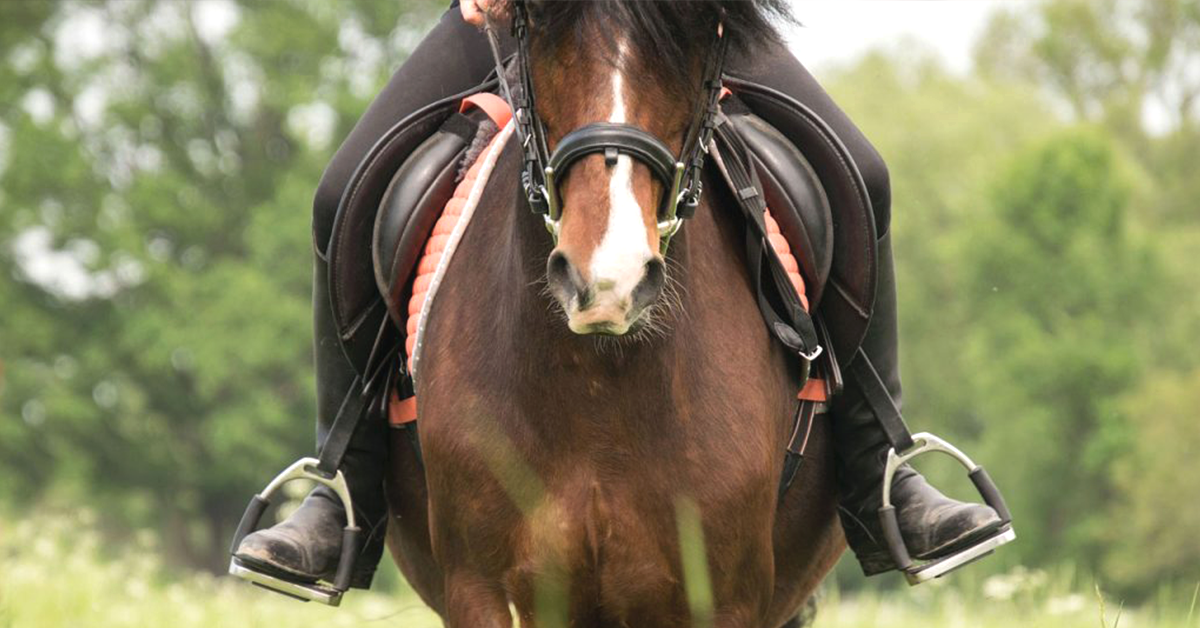
Love this blog post? We think you will like Guidelines for Tips, Tricks, and Advice in Dealing with Rattlesnake Bites by Emily Griffin.

